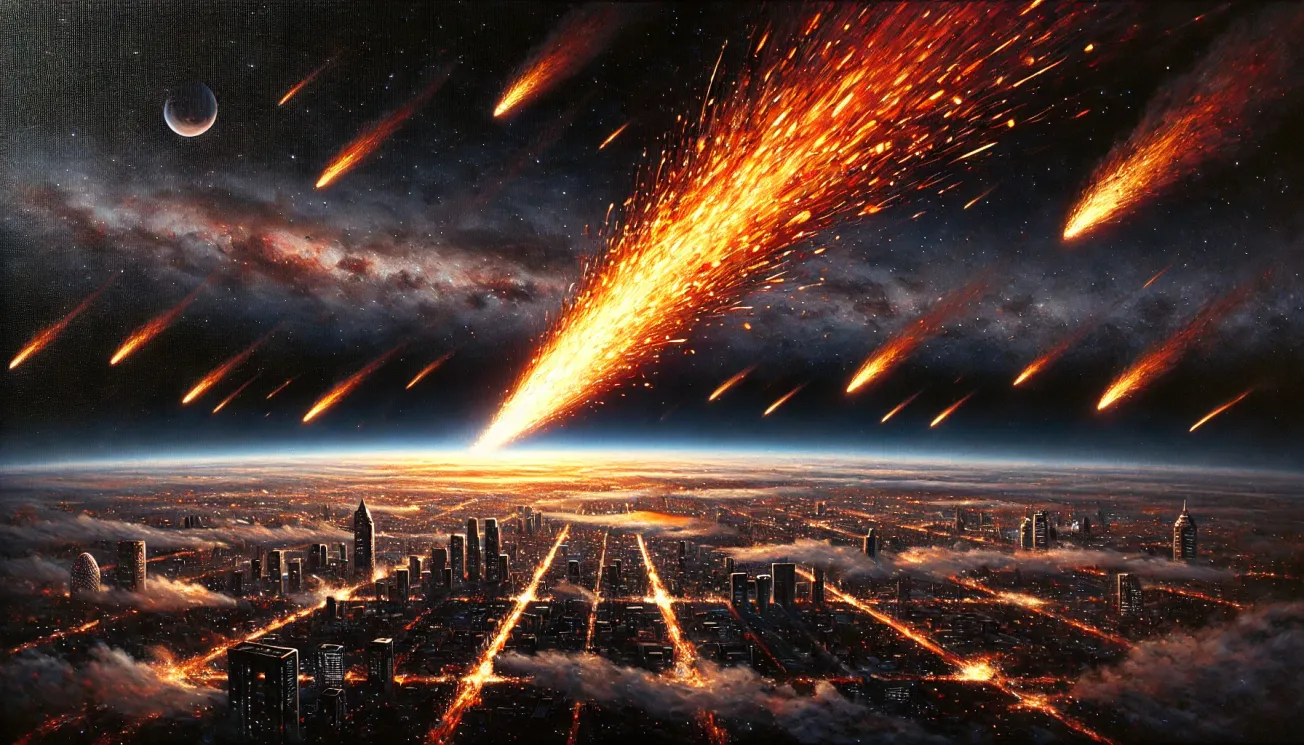Flaming streaks in the sky. Airports shutting down. Debris crashing down on islands.
Sounds like the plot of a sci-fi thriller, right? But this is reality—SpaceX’s recent Starship explosions have left a trail of debris falling across Florida and even as far as the Turks and Caicos Islands.
With no injuries reported (so far), the incidents have raised serious questions about safety, liability, and how risks are managed when rockets go boom.
So… what actually happens when a SpaceX rocket fails midair? Who pays for the damage? And is there a risk of falling space junk causing real harm? Let’s break it down.
🚀 What Exactly Happened?
SpaceX has had two recent explosive Starship failures that sent debris raining down over different areas:
📆 January 16, 2025 – The First Debris Fallout
- A Starship prototype exploded eight minutes after launch.
- Debris scattered over the Turks and Caicos Islands, prompting local officials to warn people not to touch any of it due to potential hazards.
- No injuries or significant property damage were reported.
📆 March 7, 2025 – A More Disruptive Incident
- The upper-stage Starship lost communication 9.5 minutes after launch, leading to what SpaceX called an "energetic event" (translation: a big explosion).
- Debris rained down over Florida and the Turks and Caicos.
- Flights at four Florida airports were temporarily halted due to the falling debris risk.
- Again, no reported injuries or major structural damage.
But just because nobody was hurt this time doesn’t mean there’s zero risk.
🛑 How Dangerous is Falling Rocket Debris?
Most of the time, rocket failures happen over the ocean—intentionally. SpaceX, like all major space agencies, designs its launch trajectories to ensure debris lands in unpopulated areas whenever possible.
But when things go wrong, control is lost.
🔥 How big is the debris?
- Most pieces burn up in the atmosphere before hitting the ground.
- However, some fragments can survive re-entry, landing miles away from the launch site.
- The bigger the rocket, the bigger the potential debris field.
🛬 Could debris actually hurt someone?
- The odds are low but not zero.
- Most space junk lands in the ocean, but as launches increase, the risk of falling debris affecting populated areas grows.
📌 Remember: In 2022, a Chinese rocket’s uncontrolled re-entry caused debris to crash into villages in Malaysia and Indonesia. Luckily, nobody was injured, but it highlighted the real risks of falling space debris.
So far, SpaceX has avoided such direct impacts, but the January and March 2025 incidents show that debris risks are real.
🔎 What Precautions Does SpaceX Take to Minimize Debris Risk?
SpaceX and the FAA don’t just cross their fingers and hope for the best. There are multiple layers of protection in place:
1️⃣ Predefined Launch Corridors
- Rockets are launched over designated “safe zones” (usually oceans) to minimize risk in case of failure.
- But as flights increase, it gets harder to keep all debris away from land.
2️⃣ Real-Time Tracking & Safety Adjustments
- Advanced tracking systems monitor debris paths in real time.
- If needed, airspace restrictions are put in place immediately to prevent accidents.
3️⃣ Air & Maritime Safety Measures
- Flights were grounded in Florida during the March 2025 failure to ensure aircraft weren’t in the debris path.
- The FAA establishes emergency “Debris Response Areas” when needed.
4️⃣ Public Warnings & Cleanup Procedures
- Officials warn locals NOT to touch fallen debris due to potential toxic materials.
- Cleanup teams quickly recover debris and analyze it for safety risks.
So far, these safety protocols have prevented injuries—but they don’t eliminate all risks.
⚖️ Who is Liable if SpaceX Debris Causes Damage?
🚀 If a piece of Starship wreckage crashes through your house… who pays?
Good news: It won’t be you.
🌎 International Space Law Says the U.S. Government is Responsible
Under the 1972 Liability Convention, any country that launches a space object is fully responsible for any damage it causes on Earth.
✅ If SpaceX debris damages property abroad, the U.S. government—not SpaceX—is required to compensate the affected country.
✅ If damage happens inside the U.S., SpaceX could be sued, but they would likely be backed by federal protections.
💰 Example:
- If a Polish farmer’s field was hit by SpaceX debris, Poland’s government would file a claim with the U.S. for compensation.
- If a house in Florida was damaged, SpaceX might settle directly, or the FAA might oversee a claim.
📌 So far, no claims have been filed—but as Starship flights increase, it’s only a matter of time before this issue gets tested.
🔮 What’s Next? Will SpaceX Improve Safety?
🚀 SpaceX embraces a "fail fast, learn fast" approach—meaning explosions and debris incidents are expected. But regulators may push for stricter safeguards as Starship launches become more frequent.
📌 What’s Changing?
✅ Better Debris Monitoring – Radar and AI tracking improvements.
✅ Refined Launch Windows – Avoiding high-traffic airspace and populated areas.
✅ Faster Response Protocols – Enhancing debris retrieval efforts.
The balance between rapid innovation and public safety is tricky. How many more debris incidents will regulators tolerate before imposing tighter restrictions?
🔴 Final Thoughts: Is SpaceX Playing It Too Fast and Loose?
📌 Key Takeaways:
✅ No injuries or major damage were reported in the January & March Starship failures.
✅ Strict safety protocols exist to manage debris risk, but failures can still impact flights and communities.
✅ SpaceX is legally shielded—the U.S. government would handle international liability claims.
✅ As Starship tests ramp up, managing debris risk will be an ongoing challenge.
🚀 The Big Question:
At what point will debris risks become a serious issue for SpaceX and regulators?
SpaceX is pushing the limits of what’s acceptable for spaceflight safety. For now, nobody has been hurt—but as launches increase, is it only a matter of time?
What do you think? Should SpaceX tighten safety measures, or should innovation come first? 🚀 Drop your thoughts below!










